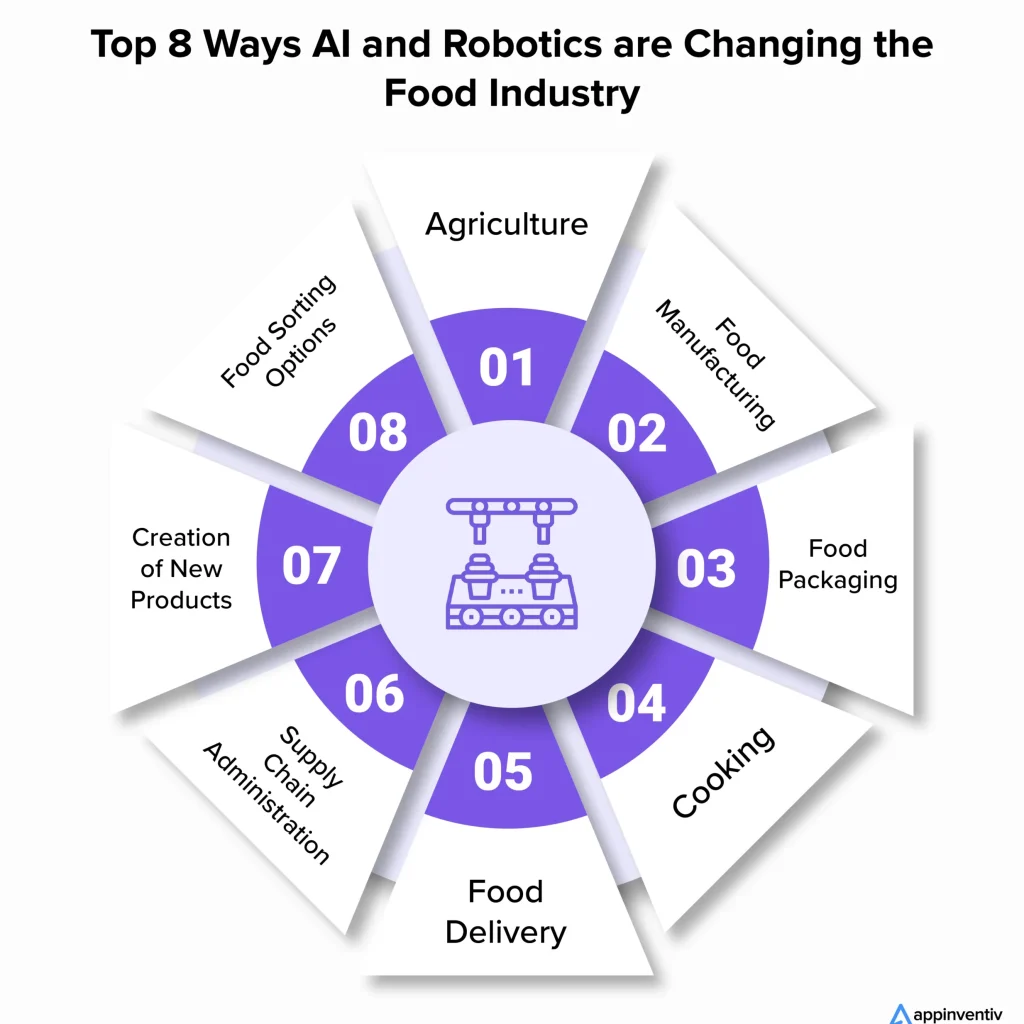In a groundbreaking leap forward for aviation technology, a team of visionary researchers at the Korean Advanced Institute of Science and Technology (KAIST) has unveiled the world’s first humanoid robot pilot, affectionately named PIBOT. Unlike its predecessors, PIBOT combines the prowess of artificial intelligence (AI) with its humanoid design, presenting a remarkable advancement in automated flight systems. By nimbly maneuvering cockpit controls and leveraging AI to memorize complex flight charts and emergency procedures, PIBOT heralds a new era of autonomous aviation.
The evolution of robot pilots – from ALIAS to ROBOpilot
Over the past few years, the realm of robot pilots has witnessed notable progress. In 2016, DARPA’s Aircrew Labor In-Cockpit Automation System (ALIAS) introduced a human-pilot collaboration, demonstrating basic in-flight maneuvers. Subsequently, ALIAS successfully landed a Boeing 737 through simulation. The journey continued with the Common Aircraft Retrofit for Novel Autonomous Control (CARNAC) system developed by RE2 Robotics, aiming to enable unmodified aircraft to be flown by robotic systems. The turning point came in 2019 with the inaugural two-hour flight of the ROBOpilot. These earlier innovations paved the way for PIBOT’s distinctive leap.
PIBOT’s unique distinction of merging humanoid form with AI capability
The distinguishing factor that sets PIBOT apart from its predecessors is its fusion of humanoid design and advanced AI capabilities. The brainchild of David Hyunchul Shim, PIBOT integrates seamlessly into conventional aircraft without requiring modifications. This quality, coupled with its humanoid attributes, offers an immediate and practical solution to automated flights. Unlike its non-humanoid counterparts, PIBOT’s AI-driven intellect empowers it with the capacity to memorize intricate flight charts and emergency protocols, an impossible feat for human pilots.
Harnessing ChatGPT for unparalleled knowledge
A pivotal element of PIBOT’s capabilities is its integration with ChatGPT technology. This revolutionary addition equips the robot pilot with an unprecedented edge. PIBOT can effortlessly recall aeronautical navigation charts from global aviation authority Jeppesen, a task that would be insurmountable for human pilots. Moreover, PIBOT has mastered the Quick Reference Handbook (QRH), containing critical procedures for emergencies and abnormal conditions. These exceptional abilities empower PIBOT to execute flawless flights and respond promptly to diverse scenarios, outpacing human counterparts.
Mastering cockpit control amidst turbulence
PIBOT’s design goes beyond the theoretical, enabling it to flawlessly interact with an aircraft’s cockpit switches, even in turbulent conditions. The integration of an embedded camera further elevates its capabilities, allowing PIBOT to monitor the cockpit’s status and external environment simultaneously.
Simulated success and real-life aspirations
Currently, PIBOT’s capabilities encompass taxiing, takeoff, cruising, cycling, and landing, all verified through meticulous flight simulator testing. The researchers, however, have their sights set on a real-world trial aboard a light aircraft in the near future. The potential applications of PIBOT extend beyond aviation, with the researchers envisioning its deployment in various vehicles, including cars and military trucks. PIBOT’s adaptability in controlling diverse equipment shines particularly bright in scenarios where military resources are scarce.
The ambitious PIBOT project is projected for completion by 2026, with a bold agenda for commercialization in both civilian and military domains. As the robotics landscape evolves, PIBOT could potentially reshape the aviation and transportation sectors, offering unparalleled precision, efficiency, and adaptability. Its introduction marks a pivotal moment in human-robot interaction and could lead to transformative shifts in various industries.
In an era where technology is rapidly transforming the way we live and work, PIBOT stands as a testament to human ingenuity and innovation. The convergence of AI and humanoid robotics in aviation signifies not only a milestone in engineering achievement but also a stepping stone towards reshaping the boundaries of what is possible. With the anticipated advent of PIBOT into commercial markets, the skies of tomorrow may be navigated by a new breed of pilots, ushering in a future defined by automation and adaptability.





